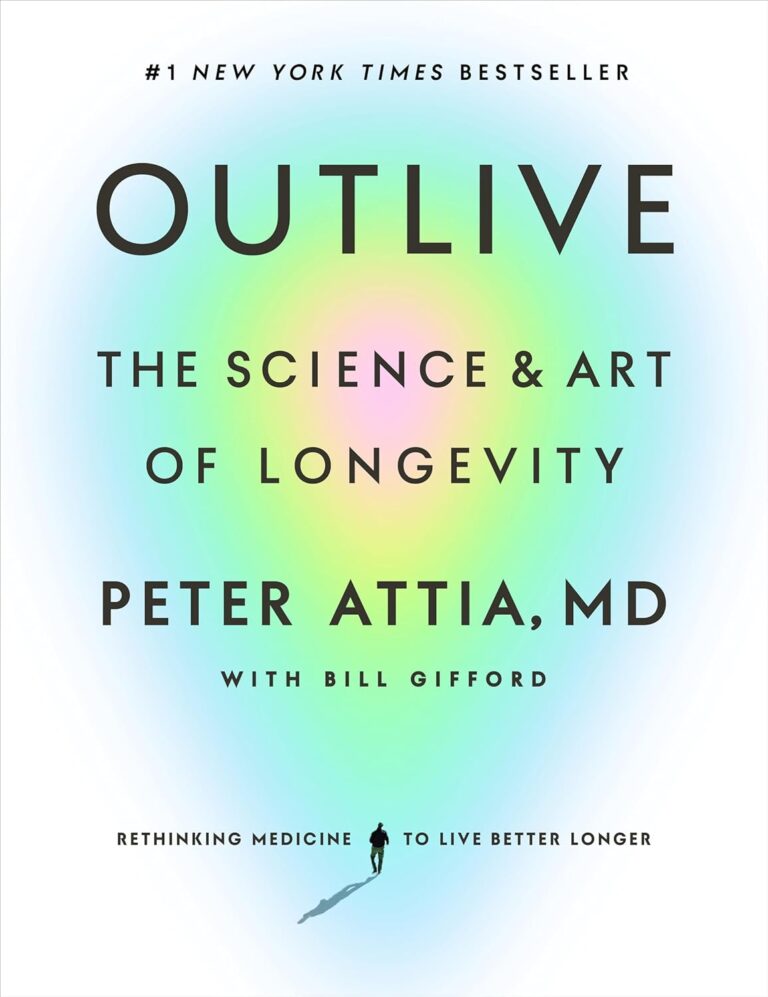Overview
Extrinsic apoptosis is a crucial biological process that involves the programmed death of cells. It is one of the two main pathways of apoptosis, the other being intrinsic apoptosis. This process is initiated by external signals that bind to specific receptors on the cell surface, triggering a cascade of events that lead to cell death. This mechanism is essential for maintaining cellular homeostasis and eliminating harmful or unnecessary cells.
Key Information
Extrinsic apoptosis is primarily mediated by death receptors, which are a part of the tumor necrosis factor (TNF) receptor family. When these receptors bind to their respective ligands, such as TNF-alpha or Fas ligand, they activate a series of intracellular signaling pathways. This leads to the activation of caspases, which are enzymes that play a critical role in executing cell death.
One of the key features of extrinsic apoptosis is its ability to regulate immune responses and remove cells that are infected or damaged. This pathway is tightly regulated to prevent excessive cell death, which can lead to tissue damage and diseases.
Clinical Significance
Extrinsic apoptosis has significant implications in various medical conditions, including cancer, autoimmune diseases, and neurodegenerative disorders. In cancer, the evasion of apoptosis is a hallmark that allows cancer cells to survive and proliferate uncontrollably. Therapeutic strategies that target the extrinsic apoptosis pathway are being explored to enhance cancer treatment by promoting the death of cancer cells.
In autoimmune diseases, dysregulation of apoptosis can lead to the survival of self-reactive immune cells, contributing to tissue damage. Understanding the mechanisms of extrinsic apoptosis can aid in developing treatments that restore balance in the immune system.
Treatment & Management
Current therapeutic approaches targeting extrinsic apoptosis focus on modulating death receptor signaling. Drugs that mimic natural ligands or enhance the sensitivity of cancer cells to apoptosis are being investigated. Additionally, inhibitors of proteins that block apoptosis are also being explored as potential treatments.
Managing conditions related to extrinsic apoptosis involves a combination of pharmacological interventions and supportive care. It is essential to tailor treatments to individual patients based on their specific medical conditions and the underlying mechanisms of apoptosis dysregulation.
Patient Resources
Patients can access various resources to better understand extrinsic apoptosis and its role in health and disease. Educational materials provided by healthcare providers, patient advocacy groups, and online platforms can offer valuable insights. Support groups and counseling services may also be beneficial for patients dealing with conditions related to apoptosis dysregulation.
Frequently Asked Questions
- What triggers extrinsic apoptosis?
Extrinsic apoptosis is triggered by external signals that bind to death receptors on the cell surface, initiating a cascade of events leading to cell death.
- How is extrinsic apoptosis different from intrinsic apoptosis?
While extrinsic apoptosis is initiated by external signals, intrinsic apoptosis is triggered by internal stress signals, such as DNA damage or oxidative stress, leading to mitochondrial dysfunction.
- Can extrinsic apoptosis be targeted for cancer therapy?
Yes, targeting extrinsic apoptosis pathways is a promising approach in cancer therapy to induce the death of cancer cells and enhance treatment efficacy.

















Comments
Thank you. Comment sent for approval.
Something is wrong, try again later